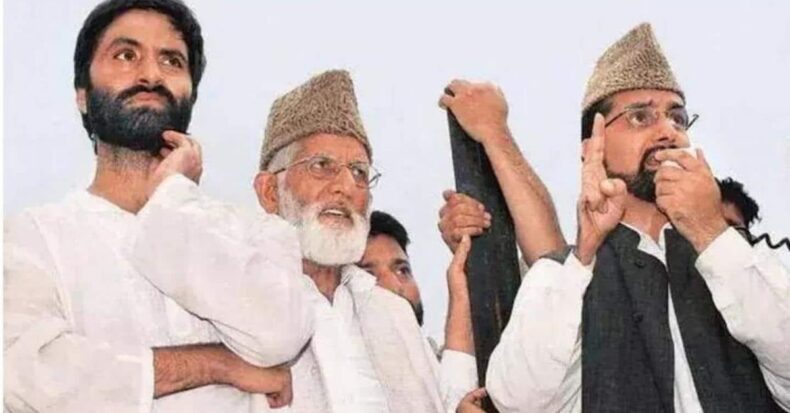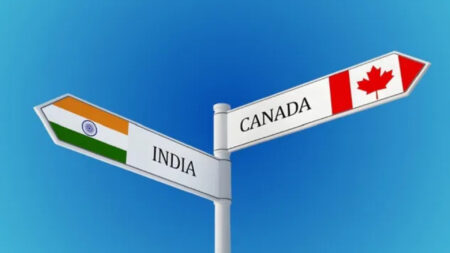A triangular nexus between the terrorists, Hurriyat and the Pakistani establishment exists.
The government is considering imposing a ban on both the factions of the secessionist group, the Hurriyat Conference, under the stringent Unlawful Activities (Prevention) Act (UAPA).
The conglomerate has been spearheading for over two decades the separatist movement in Jammu and Kashmir.
The ban is likely to be under Section 3(1) of the UAPA 1967. The Central Government is authorized to declare any association to be unlawful if it is of such opinion.
While discussions about banning both the hard-line and the moderate factions of Hurriyat as “unlawful associations” have already begun, the final call regarding the banning will be taken at the highest level in the government.
Government officials stated that the proposal was under the Central government’s zero-tolerance policy against terrorism.
The Hurriyat
The Hurriyat Conference was formed in 1993 with 26 groups, including some pro-Pakistan and banned groups such as the Jammu Kashmir Liberation Front (JKLF), Jamaat-e-Islami the Dukhtaran-e-Millat.
It also included the Awami Action Committee and People’s Conference headed by Mirwaiz Umer Farooq.
The separatist conglomerate, in 2005, broke into two factions, with Mirwaiz leading the moderate group and Syed Ali Shah Geelani heading the hard-line group.
So far, the Central government banned the JKLF and the Jamaat-e-Islami under UAPA in 2019.
Why is the government considering a ban?
Supporting the case for banning the Hurriyat Conference, the government officials cited many cases related to terror funding, including the one being investigated by the National Investigation Agency (NIA). Several cadres of the conglomerate were arrested jailed, many of whom are in jail since 2017.
A probe into terror funding has indicated the alleged involvement of the leaders as well as members and cadres of the Hurriyat Conference with active militants of banned terrorist
organisations such as Lashkar-e-Taiba (LeT), Dukhtaran-e-Millat (DeM) and Hizb-ul-Mujahideen (HM).
The officials stated that the cadres raised funds both within and outside the country through various illegal mechanisms, including hawala channels to fund separatist and terrorist activities in the state of Jammu and Kashmir.
The government is considering two cases in support of the Hurriyat ban. These include a probe by the NIA in which many Hurriyat leaders were arrested and a case related to Waheed-ur- Rahman Parra, a youth leader of PDP.
After the security forces killed HM terrorist Burhan Wani in 2016, Parra allegedly paid Rs 5 crore to Altaf Ahmed Shah, Geelan’s son-in-law, for continuing to keep the Kashmir valley in turmoil.
Nexus with Pakistan: –
A recent probe into granting MBBS seats by institutions in Pakistan to Kashmiri students indicated that the money collected from aspirants from Kashmir by some organizations that were part of the Hurriyat conglomerate was being used for funding terror organizations in the newly constituted Union Territory.
The NIA has maintained that this allotment of medical seats in Pakistani institutions to Hurriyat leaders is aiding anti-India forces.
This shows a triangular nexus between the terrorists, Hurriyat and the Pakistani establishment. They ostensibly patronize Kashmiri students to develop a generation of technocrats and doctors in Kashmir with leanings towards Pakistan; the NIA had once mentioned in a charge sheet.













